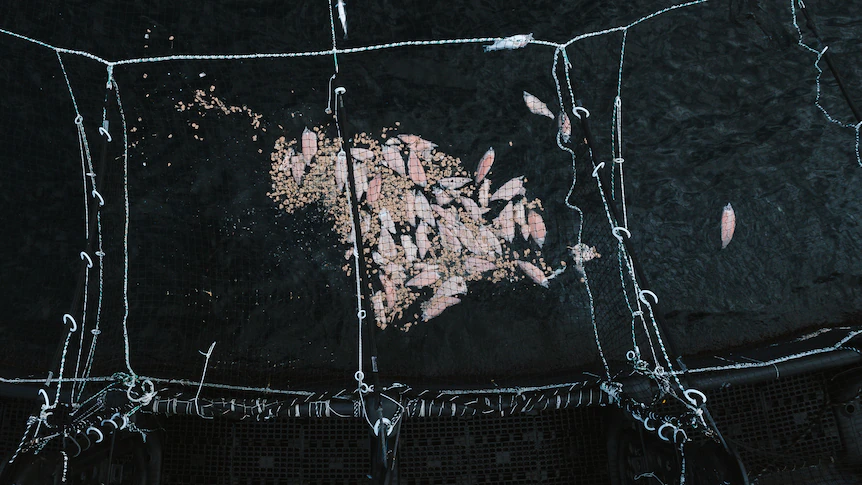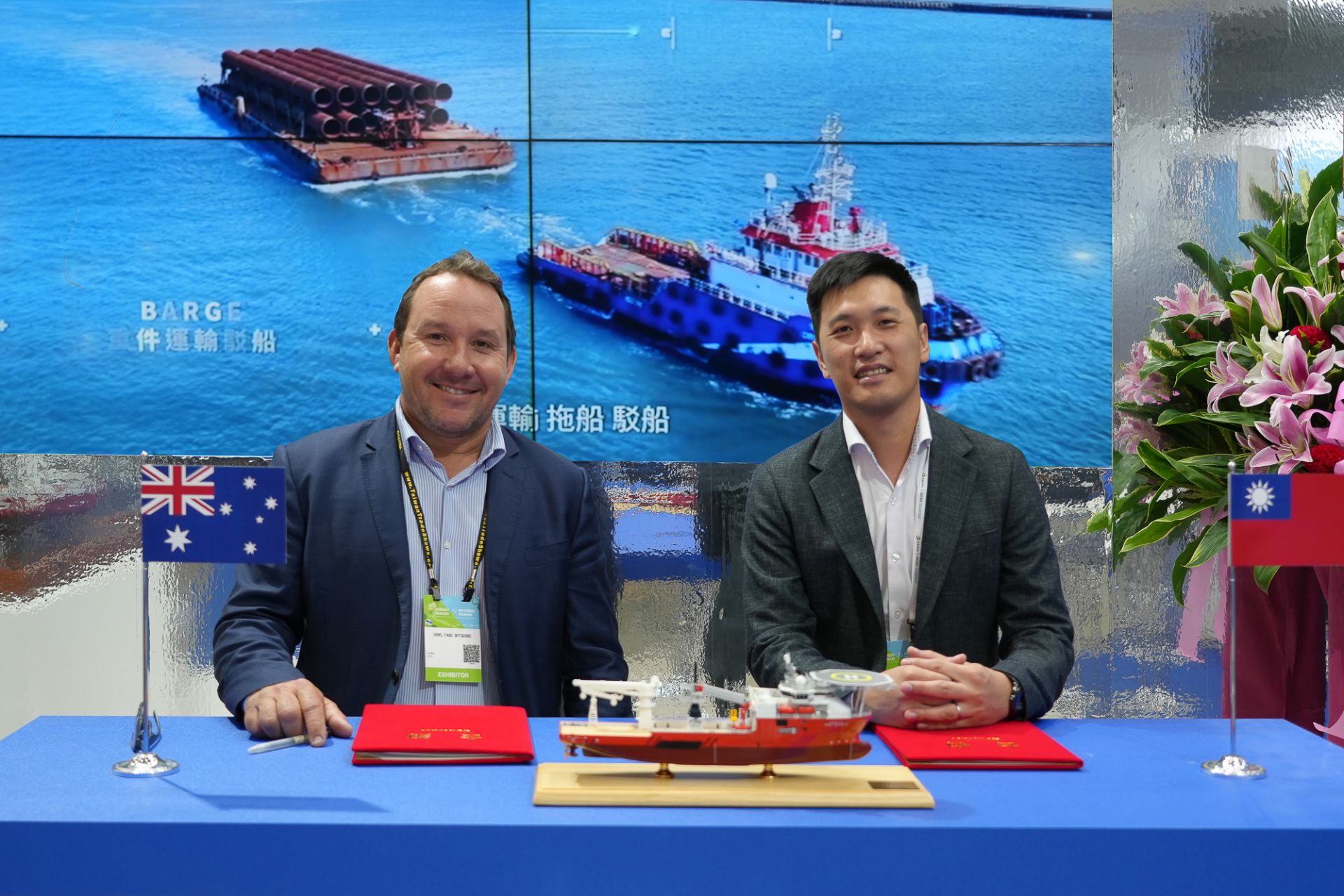Copyright abc

A review of last summer's mass mortality event in Tasmania's salmon industry shows a lack of accurate and timely information from the industry "delayed critical decision-making". A bacterial disease — known as P.salmonis rickettsia — caused the deaths of an estimated 10 tonnes of salmon in pens in south-east Tasmanian waters from January to April, resulting in dead fish matter washing up on beaches. The Environment Protection Authority (EPA) has released a debrief on the event, describing technical challenges in coordinating the response and difficulties with waste logistics and disease detection. It pointed out that, as well as shortcomings in how the salmon industry engaged with regulators, was no "mass mortality response plan". "In the absence of this plan, and what agencies described as a lack of accurate, timely advice from industry, communication and event coordination by government had duplication, initial role confusion, and delayed critical decision-making," the debrief reads. "This generated a gap in coordinated public messaging, undermining community trust." The debrief also outlined concerns about worsening environmental volatility and emerging marine disease threats, stating that "business as usual" approaches would not be enough. P.salmonis has been present in Tasmania's east coast waters since at least 2021 and in the south-east since 2023, while salmon have been susceptible to similar bacterial organisms for more than 20 years. The disease usually emerges when seawater temperatures are between 12 and 18 degrees Celsius. It cannot survive above 25C. It is now considered endemic in Tasmania's southern and eastern waters. The debrief listed 10 key actions, including establishing a marine heatwave response plan — which has since been released — considering an industry code of practice, and reviewing regulations around information reporting. Disagreement on government response Opinions also differed between government and industry in the aftermath of the mass mortality event. The industry considered the government's initial response "overly regulatory" and was concerned the event could result in further regulations, whereas government agencies felt existing frameworks were not robust enough. The industry was also concerned about being exposed to right to information (RTI) requests, which affected its "internal candour" during the response. The debrief showed that there was no overarching control hierarchy. "The points of divergence between government and industry reflect different assumptions about authority, trust and purpose during significant events," it states. An RTI document released last month showed mortalities in a Huon Aquaculture pen in the D'Entrecasteaux Channel had a rolling seven-day average of 0.2 per cent for 2025, four times higher than in 2024, but just below the level that requires reporting to the regulator. Of these, 60 per cent were attributed to P.salmonis, compared with the usual 20 per cent. Stocking densities in pens most affected by the mass mortalities were at or below 9.3 kilograms per cubic metre — below the regulated threshold — according to data from one company. But the debrief pointed out that salmon could crowd at preferred depths, increasing the risk of spreading P.salmonis. It did not consider stocking densities were a key factor in the spread of the disease. Industry awaiting approval for new antibiotic The industry is awaiting federal approval to begin using antibiotic florfenicol ahead of this summer, which it expects in days. The use of another antibiotic — oxytetracycline — during last summer's mass mortality was described by Huon Aquaculture as "largely ineffective". Florfenicol is used by overseas farmed salmon industries. Officials from the Chilean industry, where P.salmonis has been an issue, visited Tasmania in April. They provided advice that included vaccinations, selective breeding, antibiotic treatment and epidemiological surveillance. The debrief suggested a "detailed examination" of Chile's regulatory control program for P.salmonis. It also considered the ongoing development of vaccines in Tasmania for farmed salmon, noting they provide 15 months' protection, which could cover the time a fish is in pens. "These may include sea lice infections, sea lice treatment … harmful algal blooms, jellyfish blooms … other co-infections." About 5 per cent of dead salmon during the peak period in February went to landfill, with a waste management plan among the suggested actions in the debrief. Crossbencher slams industry Salmon Tasmania chief executive officer John Whittington said the industry was preparing for summer, including updates to how salmon were "bred, fed [and vaccinated]". "However, there is no one silver bullet, and that's why having more tools in the toolbox is critically important to industry," he said. Independent state MP Peter George — who was an anti-salmon farm campaigner before he was elected to parliament this year — said the debrief showed a "litany of failures". "There was no plan then, quite clearly, to deal with this event despite the fact it was predictable," he said. Mr George is concerned that warming waters off eastern Tasmania — which the debrief says is warming four times faster than the global average — will make the industry increasingly susceptible to mass mortality events. The government has promised a study into the environmental, social and economic impacts of the salmon industry, along with a pause on the industry's expansion while the study occurs.



